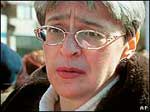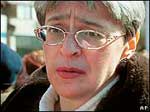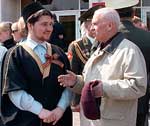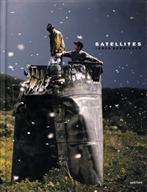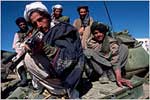NYT:
In Austria this month, right-wing parties also polled well, on a campaign promise that had rarely been made openly: that Austria should start to deport its immigrants. Vlaams Belang, too, has suggested “repatriation” for immigrants who do not made greater efforts to integrate.
The idea is unthinkable to mainstream leaders, but many Muslims still fear that the day — or at least a debate on the topic — may be a terror attack away.
“I think the time will come,” said Amir Shafe, 34, a Pakistani who earns a good living selling clothes at a market in Antwerp. He deplores terrorism and said he himself did not sense hostility in Belgium. But he said, “We are now thinking of going back to our country, before that time comes.”
Here.







